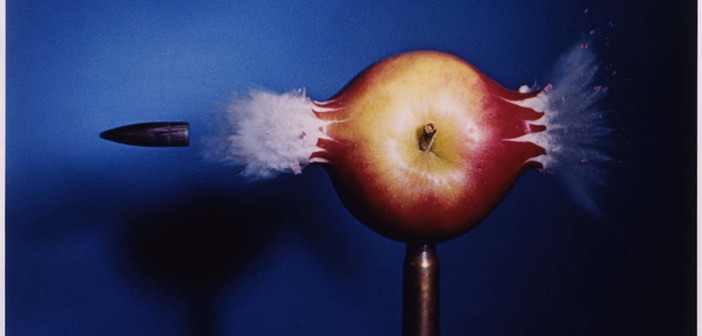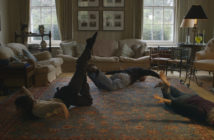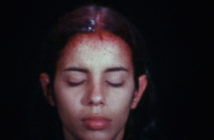A column about the Camera Arts — photography, video, film, etc. — ought to begin directly with some form of it. "What is the critical concern of photographic practice today? What is your vision in regards to the future discourse?" asked Ori Gersht in an open video Q&A session in 2010 to Marta Gili, director of the Jeu de Paume, Paris, and to Peter Galassi, Chief Curator of Photography at the Museum of Modern Art. There are no answers, maybe only the search.
Legend attributes "The best way to predict the future is to invent it" to Alan Kay, a favorite technocrat of my generation, back then agitating at the mighty XEROX, Palo Alto Research Center of the 1970s. This column will concern itself with the brave souls who are inventing a future for these arts, in particular if they are within our common geography. I’m hopeful many of you will think well of this endeavor.
Ori Gersht, the Israeli-born, London-based photographer asking the hard questions above is the subject of a full survey at the Museum of Fine Arts. "Ori Gersht: History Repeating" is the first full survey of Gersht’s work in his 16 year career as a fine art photographer and video artist. The fabulous Al Miner curated the show and the reviews of the exhibition reward his hard work. The video installations, especially the LCD screens channeling the Spanish and Dutch still-life painting tradition, are some of the most alluring and engaging videos shown in the Boston area since the works of Emily Wardill visited the MIT LIST Center in 2010. Gersht muscles High Definition video (wall labels identify it as "HD Film" — a tragic misnomer) to its maximum cinematic and trompe-l'œil boundaries. The blacks are true blacks. The material is seductive, suis generis and even a brief courtship with the artwork eventually delivers a set of powerful political tropes that are insinuated but not genuinely articulated by the exhibition. Perhaps the intention is to not implicate or vindicate but to happily coexist within Adorno's "To write poetry after Auschwitz is barbaric" and Lyotard's "It must be clear that it is our business not to supply reality but to invent allusions to the conceivable which cannot be presented." Meanwhile, in a world unaware of our theoretical and aesthetical contortions: Palestine happens.
Ori Gersht, Pomegranate, 2006. Video.Juan Sánchez Cotán, Quince,
"Quince, Cabbage, Melon, and Cucumber" the oil painting by the Spanish Baroque artist Juan Sánchez Cotán is the first point of departure of Gersht's Pomegranate. The composition of the video ceases to follow the hyperbola curve offered in the painting and the quince is replaced with a pomegranate, rimon (רימון) in Hebrew, the same term for a grenade. Doc Edgerton's celebrated dye-transfer print "Bullet through Apple" (printed by Gus Kayafas) is the second work of art, biblical and military notes and all, syncretized into the lexicon of this video. Pomegranate deftly harmonizes three art traditions crowning video as the authentic top note. The Museum of Fine Arts is free Wednesday nights (donation suggested) after 4 pm and the exhibition is on view until January 6, 2013.
It seems they were all cheated of some marvellous experience
Quicker 'n a Wink (1940). High speed camera documentary with MIT's Harold Eugene "Doc" Edgerton.
The Camera Culture group at the MIT Media Lab led by Professor Ramesh Raskar is the potential heir to Edgerton's legacy. The group has built an imaging solution that visualizes the propagation of light at roughly half a trillion frames per second. A significant opportunity for art photography à la Edgerton was missed when the team decided to use a prosaic bottle of soda to illustrate the slow motion of light travelling into an object. Professor Raskar's presentation of this new photographic technique, femto-photography, during TEDGlobal 2012 follows.




